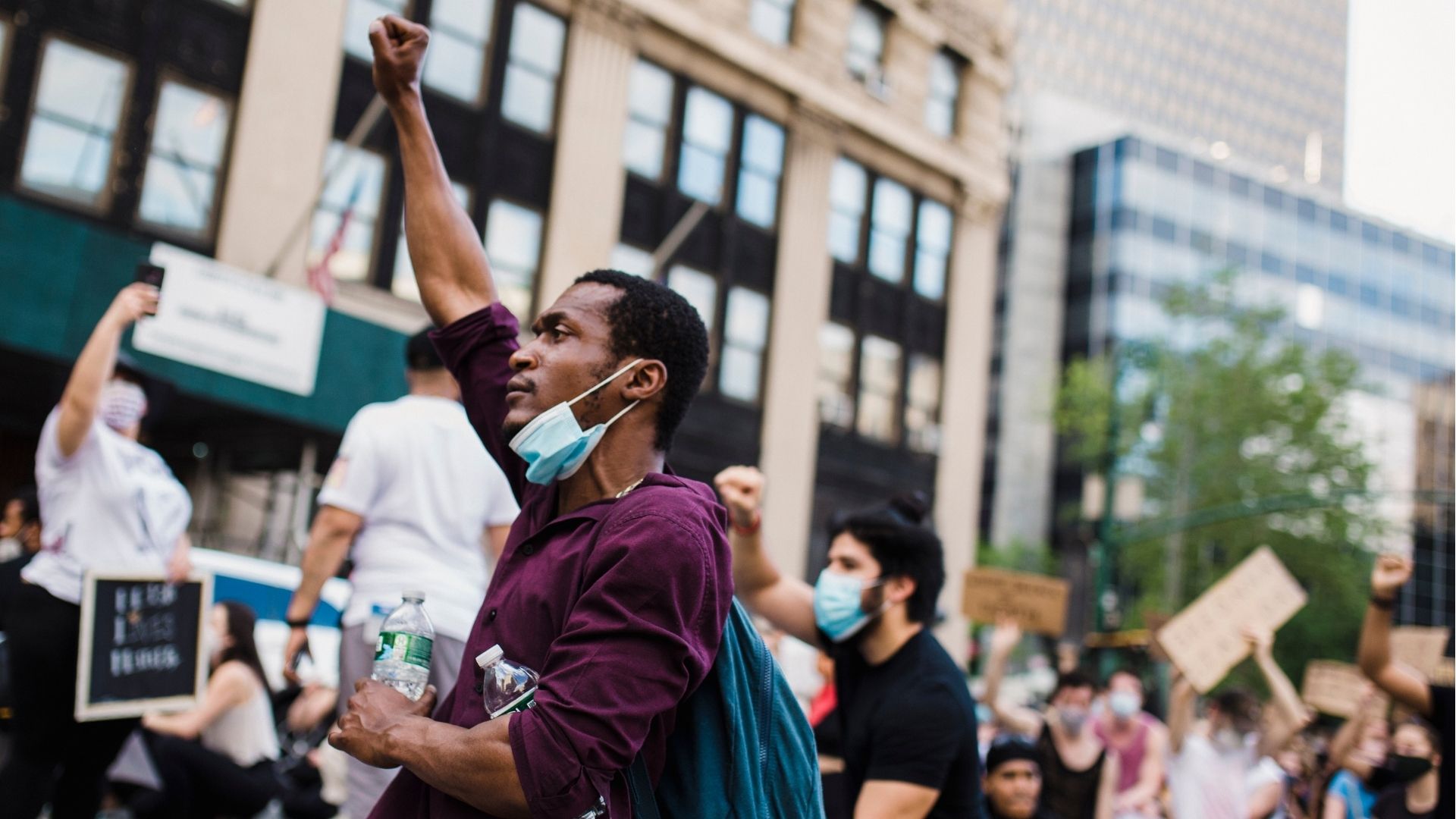If you are a college student, you’ve surely heard this buzzword so many times it’s started to lose its meaning. On social media you may have seen it on a colorful, eye-catching infographic shared around from account to account. Or, if academia and social media aren’t your scene, you may not have heard it at all.
The word intersectionality has caught on in recent years in discussion of race, identity politics, and social change, becoming popular in academic circuits and making its way to the mainstream. But with so many discussions, it is easy for its true meaning to get watered down. Here, I’ll break it down in simple terms for those new to or learning the concept.
Coined by lawyer and civil rights advocate Kimberlé Crenshaw, intersectionality is a term used to describe the overlapping categories of identity in terms of race, gender identity, class, disability, religion, etc. as they determine the various forces of oppression and discrimination that act on any one person or group at any given time. The term also, and more importantly, is used to describe the way that dominant systems of power work in tandem to uphold oppressive and exploitative power structures. In simple terms, all systems of oppression are connected and support one another.
For example, I am a mixed race, working class woman. In terms of categories of identification, I fall into many or do not fit so neatly into others, and am experiencing privilege or discrimination from each one. My experiences of a woman are influenced by my experiences being mixed, which are influenced by my experiences of being working class, and so on. All influence the other; none exist in a vacuum.This means that I am being influenced simultaneously by the systems of male privilege, white privilege, class privilege, etc, giving me privilege or disadvantage, or a blend of each, depending on the setting I am in. As Audre Lorde said, “There is no such thing as a single-issue struggle because we do not live single-issue lives.”
To apply this intersectional lens to a social issue and event, let’s look at the ongoing COVID-19 pandemic. In simple summary, it is a global health crisis that mainly impacts immunocompromised and elderly individuals and has caused over 2.5M deaths so far around the world. In the US, our high death toll, which accounts for over half a million of those deaths alone, signifies a lacking health care system and a valuation of the economy over human life. But it goes much further than that. When viewed through an intersectional lens, you would note that Black, Latino, and Indigenous populations are disproportionately impacted, showing evidence of racism in how people are receiving treatment or being relegated to higher risk jobs. You might also note that women’s jobs have been more negatively impacted than men’s jobs, as women make up 39% of the workforce but represent 54% of all job losses. In terms of class, those who work lower paid jobs in food service, retail, etc, are generally unable to work from home, putting them at higher risk of contracting the virus. The inability of students to safely attend school also presents problems for lower class families who cannot afford childcare or the proper technology for online learning. The list goes on, but an intersectional analysis of an issue allows for a more in-depth, interconnected means of understanding the various forms of oppression and harm that are being inflicted upon different communities.
Another example is the current calls for justice for the Asian Americans murdered or attacked around the country due to racist violence from white supremacists. Though the specific circumstances around this movement and Black Lives Matter differ, and Black and Asian Americans have distinctly different experiences due to race, the root causes of the violent, racist attacks that both groups are suffering from step from white supremacy in the United States that has been perpetuated and accelerated by a president and administration that allowed it to fester. There is increasing support for the Asian American community from many other communities, including the Black community, as it becomes clearer and clearer each day that the same systems are causing this widespread violence.
Police brutality, mistreatment of immigrants, unlivable wages, workplace discrimination, global warming, violence against women, discrimination due to gender or sexual orientation, all issues are interlinked due to the same power systems operating in each of them. They are the systems of capitalism, white supremacy, male privilege, and more.
Because of this, every fight for one minority group’s rights is a fight for every oppressed group’s rights. And every one of us, whether we know it or not, has skin in the game when it comes to fighting injustice. As Crenshaw herself stated, “If you see inequality as a “them” problem or “unfortunate other” problem, that is a problem.”
About the Author
Hi, I’m Leilani! I am a Long Beach, CA native who grew up with a passion for art and writing and learning more about the world. I’ve spent years doing community service, working on my craft, and now am wandering in search of my next life adventure.






